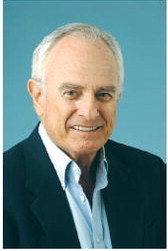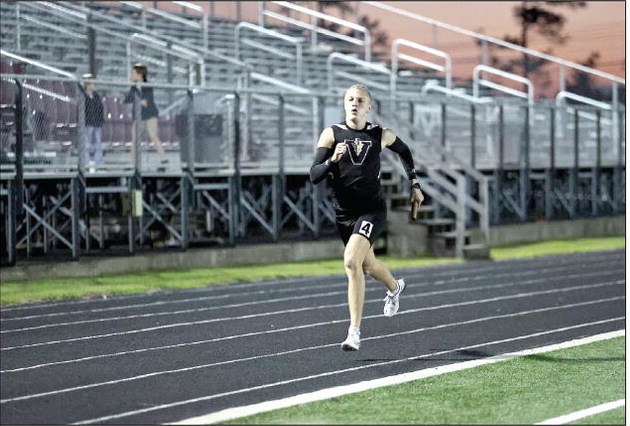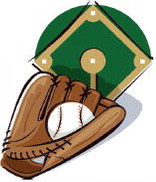RTCA Rolls To Three Wins
The Robert Toombs Christian Academy Crusaders baseball team played three games last week and picked up three wins. They rolled over Coastal Homeschool and then won two games over First Preparatory Christian Academy. vs. Coastal Against the Hurricanes of Coastal, RTCA had two big innings that gave them the win. The game was scoreless until the fourth inning when RTCA jumped out to a big lead. Brittan Tabor drove in the first run with an RBI single, and he was followed by Banks Hopkins with a 2-RBI single to take a 3-0 lead. Anderson Moore drove in two more runs with a single to give the Crusaders a 5-0 lead.
RTCA added four more runs in the sixth inning as they took the win over the Hurricanes, 9-0. vs. FPCA
On Wednesday, the Crusaders were in Hinesville to take on FPCA. RTCA jumped out to a lead in the top of the first inning off of RBI hits from Tabor and Hopkins. They added a run on an error to take a 3-0 lead. FPCA did pick up a run in the bottom of the first inning, but it was their only one of the game as RTCA kept them off the board.
The Crusaders added two more runs in the second inning off of hits from Brody Randall and Hopkins to push their lead to 5-0. RTCA increased their lead to 7-1 in the fourth inning off a tworun home run by Tabor. RTCA plated one more in the fifth inning as they took the win over FPCA, 8-1. vs. FPCA
In the final game of the week for the Crusaders, they hosted FPCA on Thursday. RTCA took the lead in the bottom of the second inning with two runs and then added two more in the third on sacrifice fly balls hit by Gage Brantley and Hopkins. That gave RTCA a 4-0 lead.
RTCA plated two more runs in the fifth inning and two more in the sixth on the way to an 8-0 win over FPCA.
RTCA is now 7-3 on the season, and they are 4-2 in Region play. This week RTCA was at Frederica Academy on Monday after presstime. They will be back in action on Friday when they host Frederica at 4:00 p.m.







